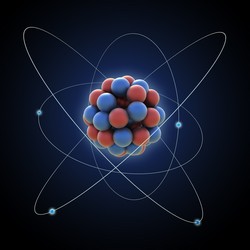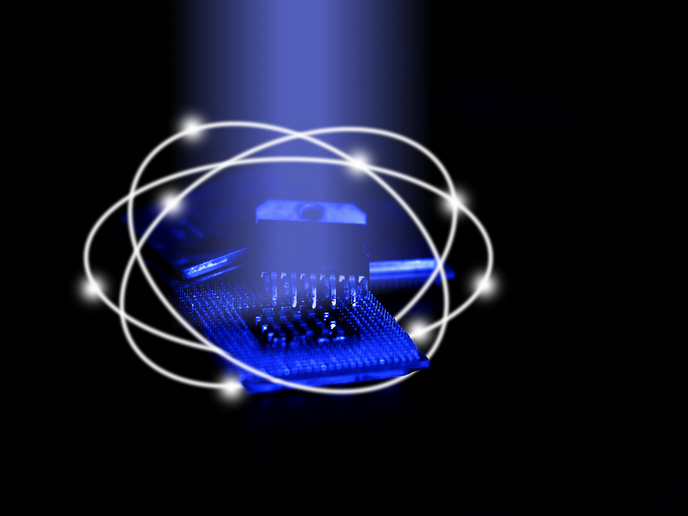Strongly interacting electrons shape the way
The original theorem of Hohenberg and Kohn and the reproducibility of the exact electronic density in a Kohn-Sham (KS) system of non-interacting particles can extend, in principle, to any electronic structure – including superconductors. However, the practical application of KS-DFT depends on density functionals for the relevant observables of the system. In particular, exchange-correlation functionals allow incorporation of the effects of interactions without increasing computational cost. There are hundreds of functionals available but they fail when applied to strongly correlated systems. EU-funded scientists explored a different approach to accurately describing strong-correlation effects. Within the project SCDFT (Strictly-correlated density functional theory: Methodology development and application to semiconductor nanostructures and ultracold atom gases), scientists developed the concept of strictly correlated electrons (SCEs) to model the limit of infinitely strong interactions. Instead of having no interaction like Kohn and Sham proposed, the system consists of particles with the greatest possible interaction. Specifically, in the so-called KS-SCE DFT approach, the exchange-correlation functional is constructed on the basis of the SCE system and includes strong interaction effects. On the other hand, the standard and numerically cheap equations of KS-DFT are solved. Before the end of SCDFT, the new methodology had been applied to semiconductor nanostructures with success as well as to ultracold atomic gases and a 1D chemical system made of ions and molecules. Importantly, key quantum phenomena were reproduced for particle numbers larger than those affordable with other methods. All the findings of these studies have been published in the high-impact journals Physical Review Letters, Physical Review B and Physical Chemistry Chemical Physics.







